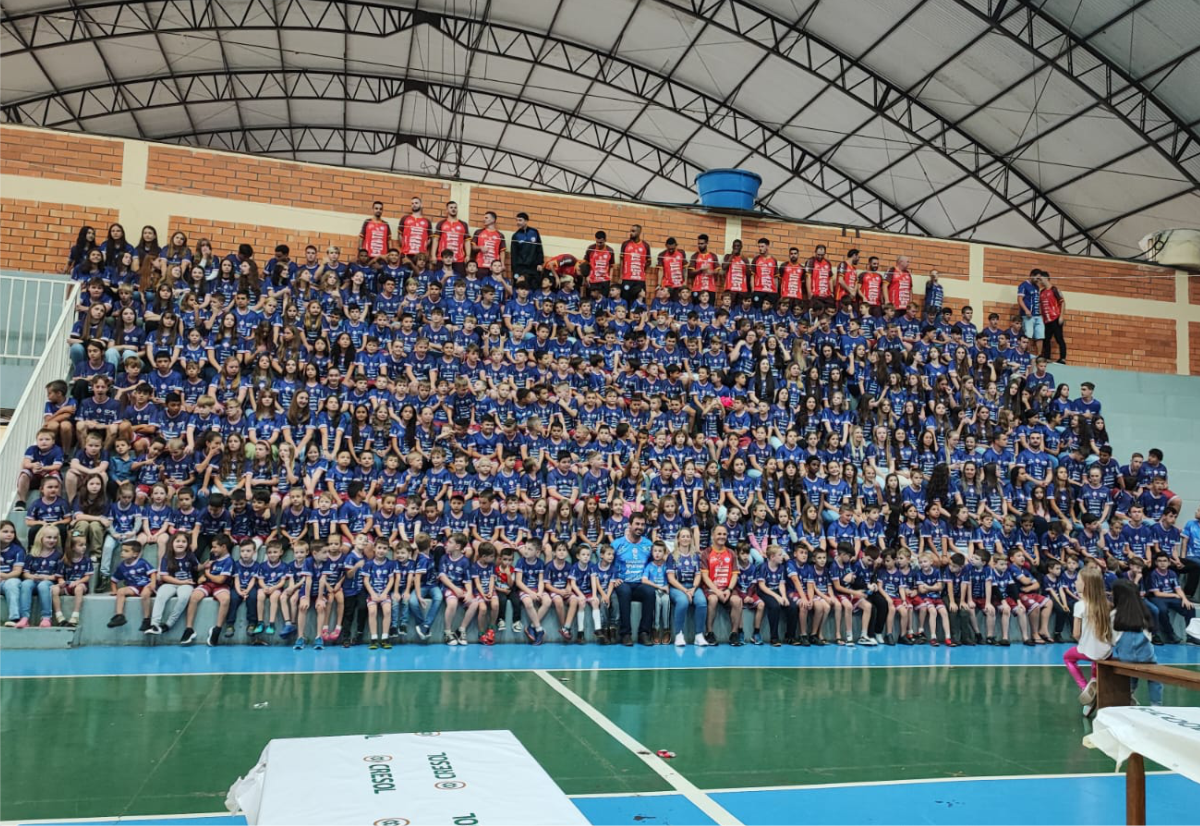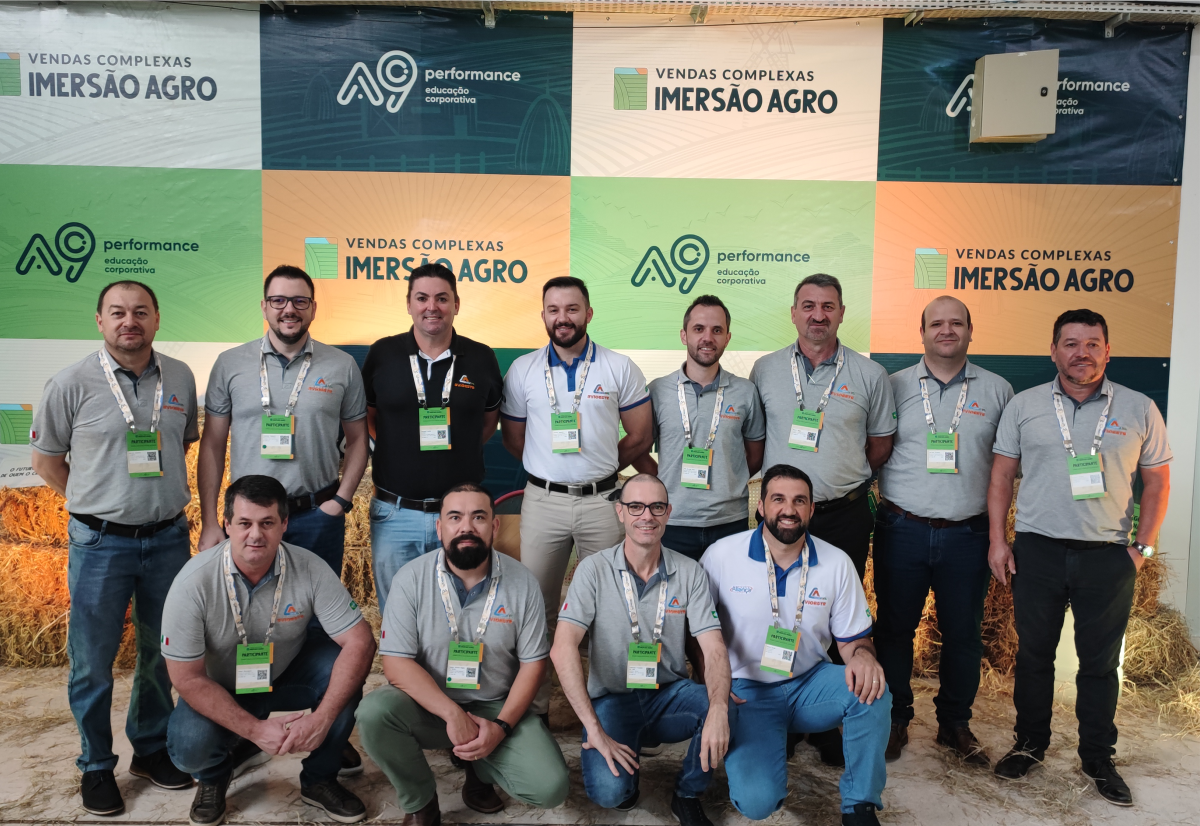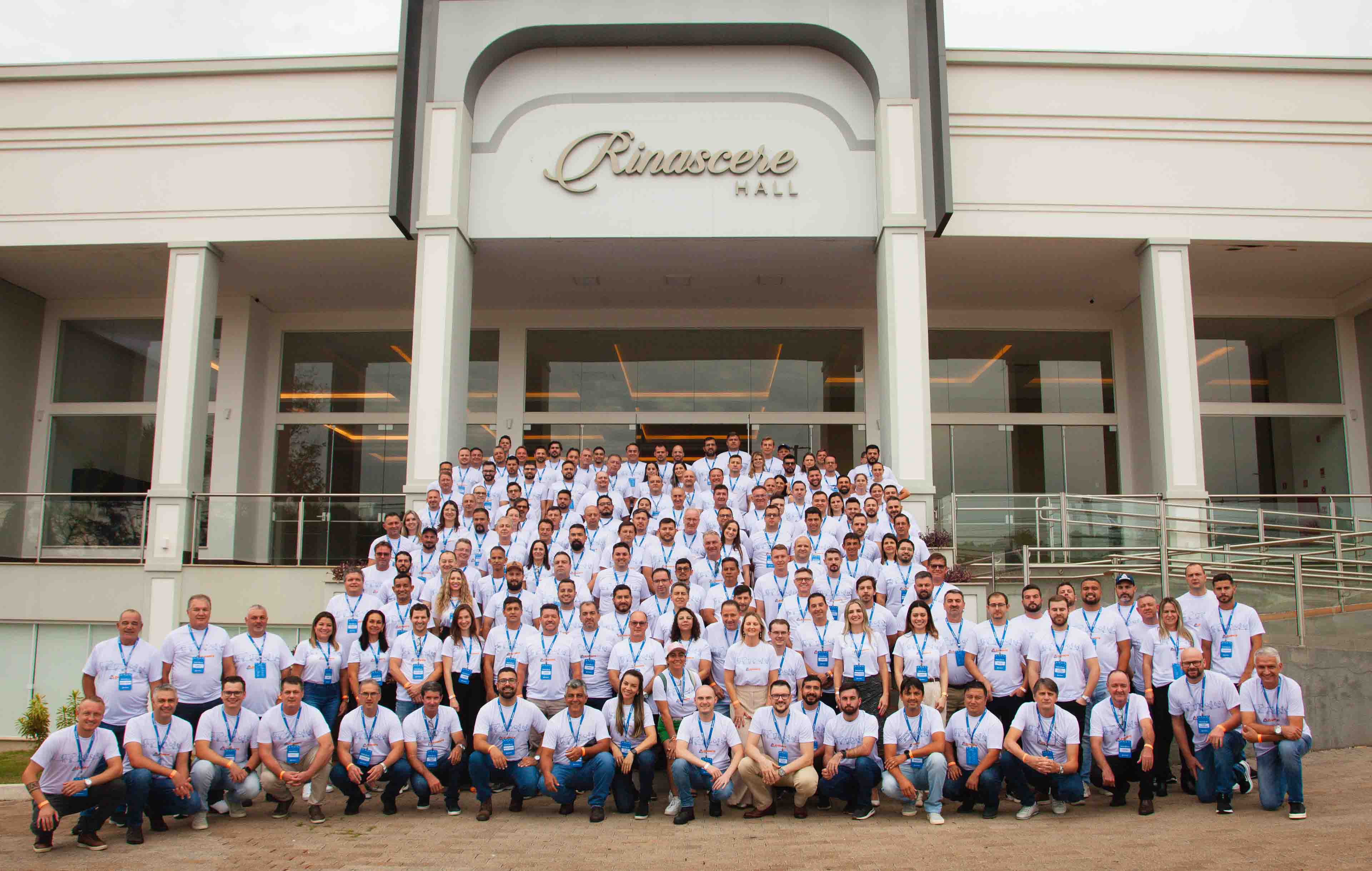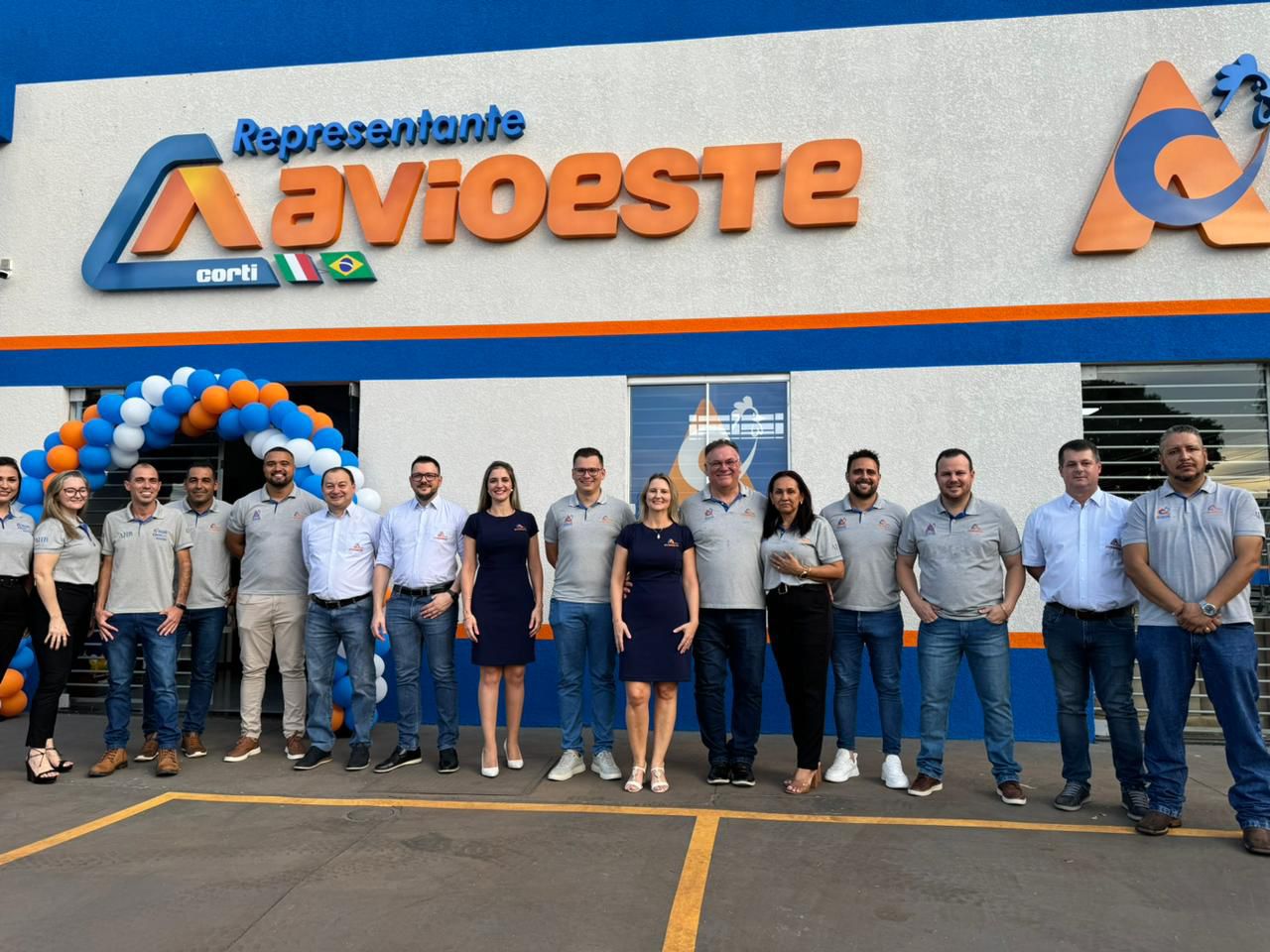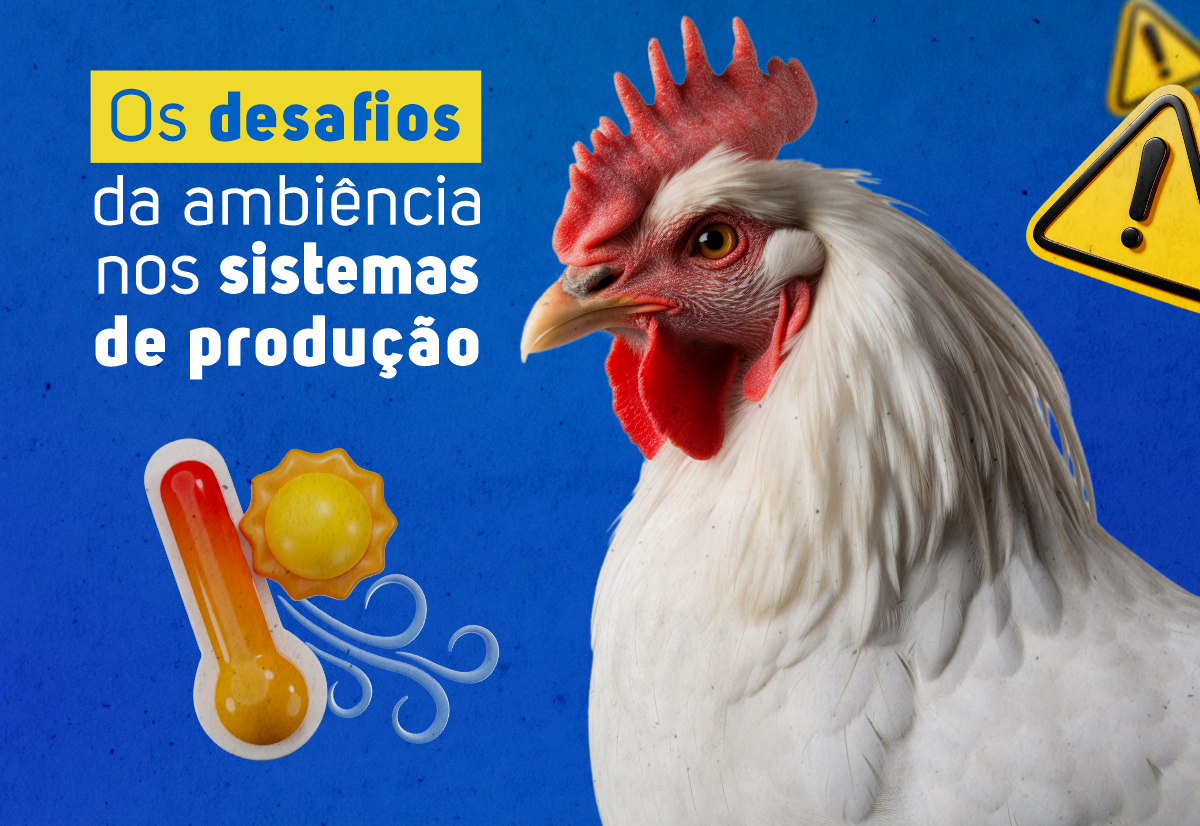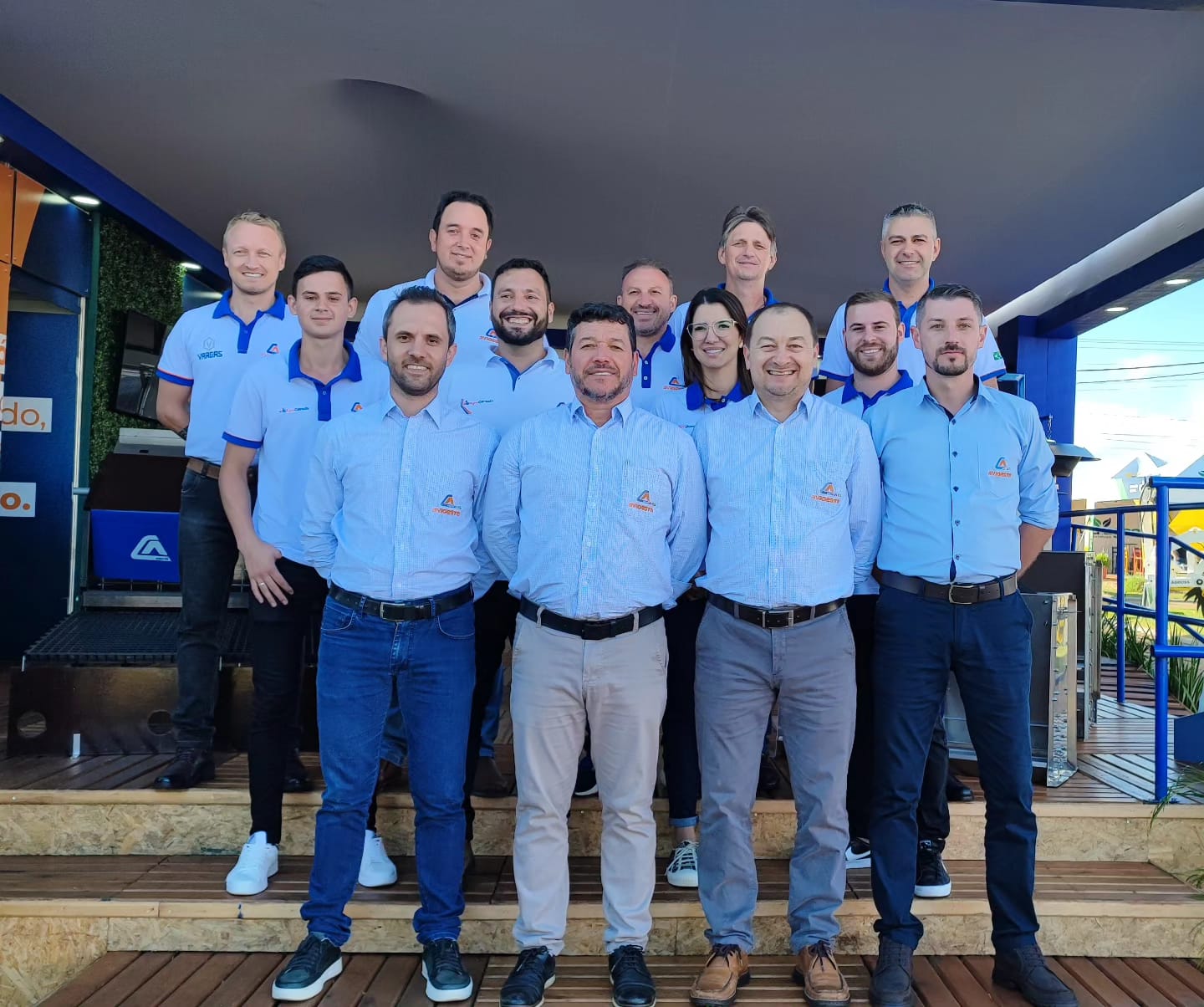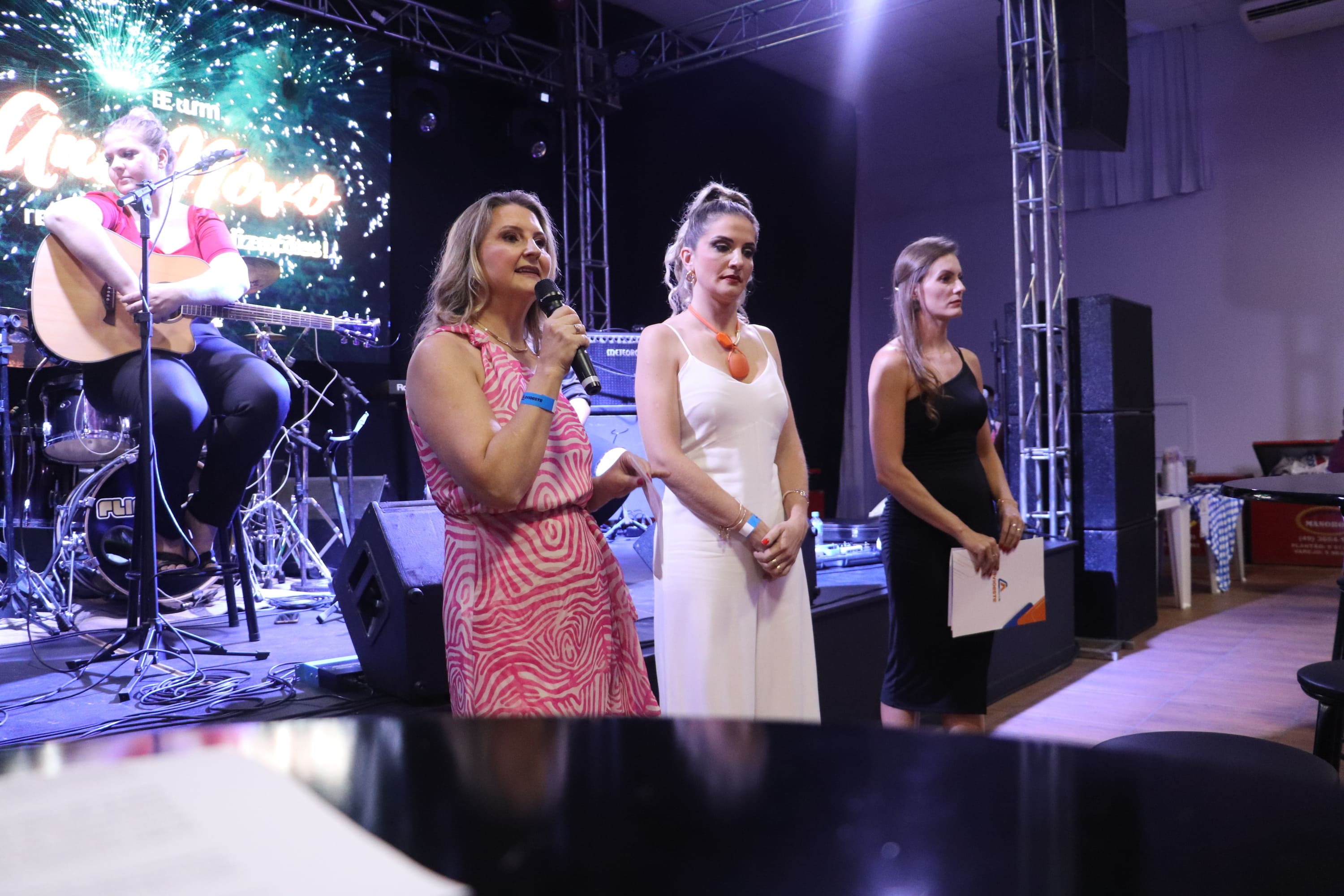
The construction of an aviary is a complex undertaking that requires careful planning and a deep understanding of the various aspects involved. By understanding these aspects, entrepreneurs will be able to make assertive decisions and increase the chances of success in their poultry projects.
Licenses and Regulations Before starting the construction of an aviary, it is crucial to obtain all the necessary licenses and permits from the competent bodies. This includes environmental, construction and operating licenses. Environmental licenses are intended to guarantee that the undertaking is in compliance with environmental preservation standards, taking into consideration aspects such as waste treatment, gas emissions and the impact on local biodiversity. The construction licenses, in turn, ensure that the structure of the aircraft is in accordance with the safety standards and the required technical specifications. The operating licenses are not necessary for the legal functioning of the aviary, certifying that all the conditions necessary for the breeding of the birds are cared for. These licenses may vary from state to state.
Apart from licenses, it is essential to be aware of the specific regulations for raising birds in your region. These regulations open to quests such as animal health, establishing minimum standards for space, ventilation and lighting to guarantee the health and comfort of birds. There are also regulations related to waste control, aiming to prevent contamination of only two water resources. Sanitary measures, such as the implementation of biosafety programs, food and production controls, are also regulated to ensure the quality and safety of poultry products.
Compliance with these licenses and regulations is essential not only for the legality of the business, but also for its long-term sustainability.
Structure x Investment
The structure of the aircraft is directly related to the investment necessary for its construction and operation. The size of the aircraft is a determining factor, as it directly influences the production capacity and the costs involved. Aviários can be built in alvenaria or with pre-fabricated metal structures. The choice will depend on factors such as the climate of the region, the availability of materials and the preference of the entrepreneur.
In addition to the physical structure, or investment in an aviary, you must also consider the costs of equipment, ventilation, feeding and automation systems. Quality equipment, such as efficient exhaust fans, well-sized food storage silos, and automatic feeding and drinking systems, are essential to guarantee the productivity and well-being of birds. Aviary automation brings significant benefits in terms of efficiency and reduction of labor.
Types of Aviary
There are different types of aviary, each with its own specific characteristics and purposes. The choice of the type of aviary will depend on the objective of the enterprise and the demands of the market, as well as attention to the legislation of the place where the aviary will be built.
Cut grass aviaries generally have a high density of birds and a shorter production cycle. The structure of the aviary must be designed to optimize the weight gain of the birds, with adequate ventilation and temperature control systems in order to guarantee the thermal comfort of the animals.
In our laying aviaries, the chickens are housed in cages or in free breeding systems. The structure of the laying aviaries must be adapted to facilitate the collection of the eggs and ensure the well-being of the birds, with adequate space for movement, children for laying and access to food and water.
The breeding aviaries, in turn, are dedicated to the production of fertile eggs for incubation and subsequent hatching of pintinhos. These aviaries house breeding mothers and males. The structure of two breeding aviaries must provide a controlled environment, with adequate temperature and humidity.
There are also specialized aviaries, such as those intended for the production of exotic birds, game birds or birds for ornamental purposes.
Companies and Professionals Involved
The construction of an aviary is a multidisciplinary project that requires the participation of various companies and specialized professionals. The careful selection of these partners is essential to guarantee the quality and efficiency of the undertaking.
Civil construction companies play a central role in the construction of the physical structure of the aircraft. It is important to look for companies with proven experience in the construction of agricultural facilities. These companies must be familiar with the technical standards and specifications necessary to meet the requirements of animal well-being, ventilation, thermal insulation and structural safety. A construction has been executed, with quality materials and finishes.
Adequate use is essential for the durability and functionality of the aircraft, as well as to guarantee maximum performance.
Poultry equipment manufacturers are another fundamental element in the poultry construction chain. These suppliers specialize in the production of specific equipment for poultry farming, such as exhausters, feed silos, automatic feeders and drinkers, automated children, lighting and temperature control systems. It is important to select well-known manufacturers on the market, which offer high-quality equipment, energy efficiency and ease of maintenance. Partnership with trusted suppliers guarantees access to advanced technologies and adequate technical support.
A well-coordinated multidisciplinary team, with experience in the various areas involved in the construction and operation of aircraft, significantly increases the chances of business success.
Equipment
A well-equipped aviary is essential for the success of bird breeding. The equipment plays a fundamental role in maintaining the proper environment, in feeding and in the health of birds, in addition to contributing to the operational efficiency and productivity of the business.
The exhaust valves are essential equipment for the poultry ventilation system. You are responsible for removing the heat and excessive humidity, maintaining the quality of the air and the thermal comfort of the birds. The selection of two exhaust valves must take into consideration air pressure capacity, energy efficiency and durability. High quality exhaust fans, with low noise level and easy maintenance, are essential for the proper functioning of the ventilation system.
Silos also have essential structures for rational armament. They must be sized according to the capacity of the aviary and the daily consumption of the birds. Silos are designed, with hermetic sealing systems and protection against moisture, guaranteeing quality and preservation of reason. Additionally, silos equipped with automatic transport systems make it easier to distribute food and reduce the need for labor. It is also possible to obtain silos with a load cell, which allows us to control the weighing of food inside the silo, reducing waste.
The automatic feeders and drinkers are equipped to guarantee constant and adequate access of birds to food and water. Automatic feeders, such as the feed type, allow controlled feeding, avoiding waste and ensuring that all birds have access to feed. Automatic drinkers, such as the nipple type, provide fresh and clean water to the birds, reducing the risk of contamination, improving the hygiene of the aviary and guaranteeing better control of the humidity of the bedding.
You need to control the equipment that allows the monitoring and automation of two different poultry systems, such as ventilation, lighting and feeding. Modern control panels, with intuitive interface and remote access, possible precise adjustment of two environmental parameters and programming of different operating modes.
In addition to these main equipment, other important items include adequate lighting systems, misting systems and poultry cleaning and disinfection equipment. The selection of two equipment must take into consideration the quality, efficiency and compatibility with the specific needs of the aviary.
A well-equipped poultry house, with integrated and high-performance systems, is an investment that provides significant returns in terms of productivity, efficiency and quality of poultry products. The adoption of advanced technologies and the continuous search for innovations do not differentiate competitively in the current poultry market.
Automações
Automation is a growing trend in modern poultry farming, offering various advantages in terms of efficiency, precision and reduction of labor. Automated feeding systems are an example that can bring significant benefits. These systems allow the precise and programmed distribution of food, in accordance with the development phase of the birds and the performance goals. Automatic feeding reduces waste, guarantees uniformity of food supply and optimizes feeding conversion. In addition, automation frees up labor for other activities, such as bird health monitoring and bird maintenance.
The automated ventilation systems, in turn, allow precise control of the temperature, humidity and quality of the interior of the aviary. Strategically positioned sensors collect data in real time, which are only processed by a central controller. Based on given values, the system automatically adjusts the speed of the exhaust fans, the opening of the inlets and other ventilation parameters. Automatic ventilation provides a more stable and comfortable environment for birds, reducing thermal stress and improving productivity.
Automating lighting is another important aspect, especially in laying aviaries. Automated lighting systems allow precise control of the photoperiod, or seja, duration and intensity of the light provided to birds. Automated lighting can also generate savings in electrical energy, optimize the use of lamps and avoid waste.
In addition to these examples, there are various other automation possibilities in poultry farming, such as egg collection and sorting systems, bird weighing and growth monitoring systems, and also automated cleaning and disinfection systems.
The acquisition of automated equipment, the installation of two systems, at the poultry production scale, the availability of qualified labor, the cost of electrical energy or the implementation of solar energy generation panels and the project of return on investment for some factors to be considered.
In addition to the financial aspect, it is important to also consider the intangible benefits of automation, such as better animal health, reduced environmental impact and the possibility of remote monitoring of birds. Automation can provide valuable data for making strategic decisions and identifying opportunities for continuous improvement.
Return on Investment
Return on investment (ROI) is a financial indicator to evaluate viability and profitability. It measures the relationship between the profit obtained and the capital invested, allowing verification that the aircraft is generating satisfactory results and that the investment is being recovered in an oil period.
To calculate the ROI of an aviary, it is necessary to consider all the costs involved in the project. These costs include:
● Construction costs: includes the value of the land, the works, the installation of equipment and the adequacy of the infrastructure.
● Equipment costs: including the acquisition of exaustors, silos, feeders, drinkers, control panels and other equipment necessary for the operation of the aviary.
● Operational costs: cover expenses such as food, medicines, vaccines, electricity, labor, maintenance of equipment, among others.
● Financing costs: refer to the contracts and loan orders or financing obtained for the implementation of the aircraft.
Furthermore, it is essential to plan the expected recipes when selling poultry products, meat, eggs or pintinhos. These projects must take into consideration the production capacity of the aircraft, the market price of the products, regional demand and seasoning.
BIBLIOGRAPHIC REFERENCES
ABPA - Brazilian Animal Protein Association. Annual Report 2021. Available in: ABPA - Annual Report 2021.
ALBINO, L.F.T.; TAVERNARI, F. C. Production and Management of Cutting Edges. UFV Editor, 2010.
AVIAGEN. Ross Cutting Edge Management Manual. Available at: http://pt.aviagen.com/assets/Tech_Center/BB_Foreign_Language_Docs/Portuguese/Ross-Bro ilerHandbook2018-PT.pdf
COBB-VANTRESS. Cutting Edge Management Guide. Available in: https://wp.ufpel.edu.br/avicultura/files/2012/04/Cobb-Manual-Frango-Corte-BR.pdf
EMBRAPA - Brazilian Agricultural Research Company. Construction and Equipment for aviaries. Available at: EMBRAPA - Construction and Equipment for Aviários.
FIGUEIREDO, E. A. P.; SCHMIDT, G. S. Technological Advances in Cutting and Laying Poultry. Brazilian Journal of Poultry Science, 5(1), 1-6.
HY-LINE INTERNATIONAL. Hy-Line Brown Commercial Poedeiras Handling Guide. Available at: https://www.hyline.com/userdocs/pages/BRN_COM_POR.pdf
MAP - Ministry of Agriculture, Livestock and Supply. Normative Instruction No. 56, dated December 4, 2007. Available in: MAPA - Normative Instruction No. 56.
SCHMIDT, G. S.; SILVA, A. P. Construction and Environment in Aviários. Editor Learn Easy, 2018.
TINÔCO, I. Industrial Poultry: New Concepts of Materials, Concepções and Construction Techniques Available for Brazilian Poultry Galpões. Brazilian Journal of Poultry Science, v. 3, no. 1 p. 01–26, Jan. 2001
